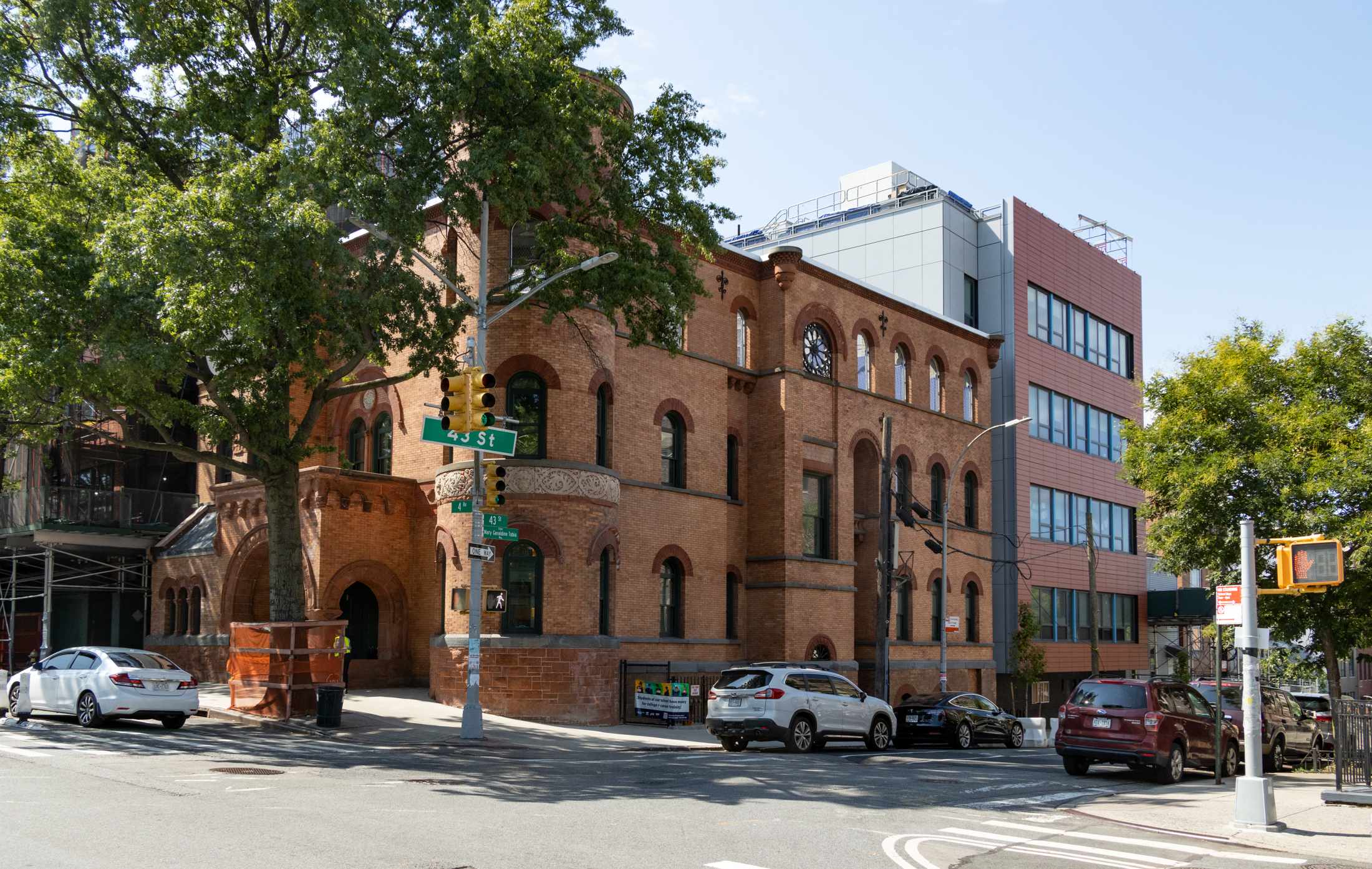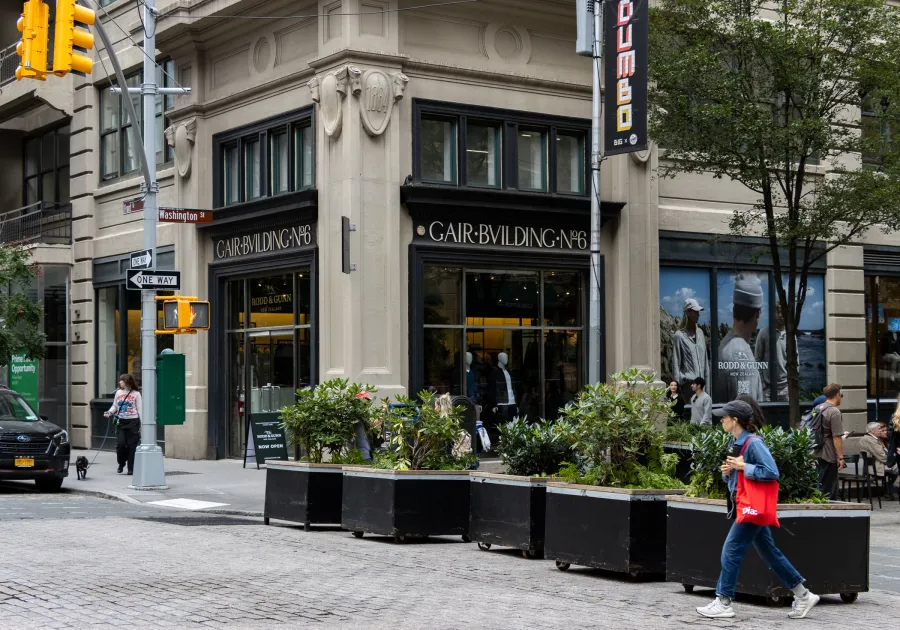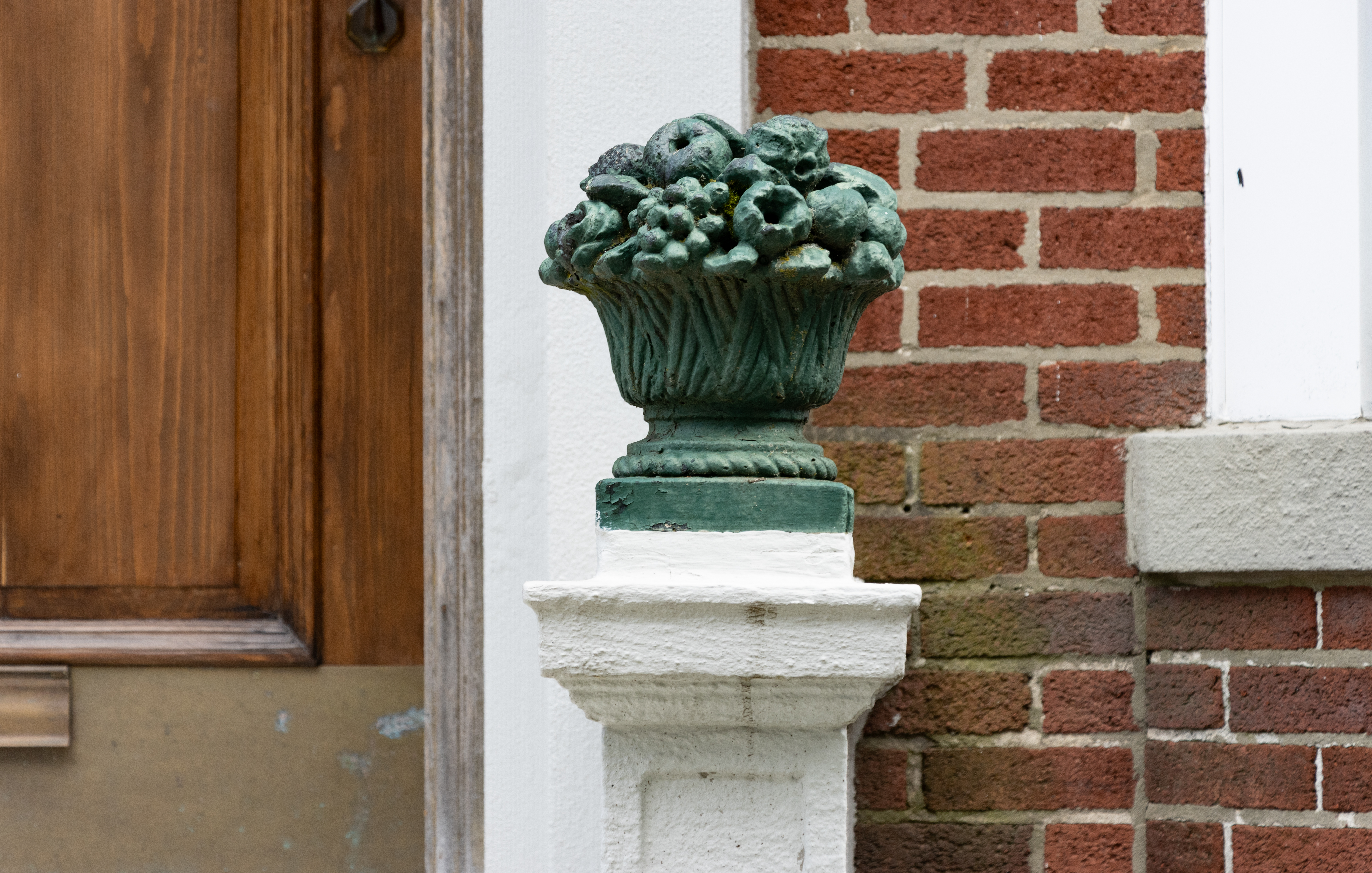Creatives Flock to Bklyn, But Are They Endangered?
Brooklynites: Artsy and disdainful of working for the man. Brooklyn experienced the fastest growth in self-employment of any borough between 2000 and 2006, according to stats released yesterday at panel hosted by Center for an Urban Future and the Brooklyn Economic Development Corporation, with those employed in the creative sector (graphic designers, artists, architects, writers,…


Brooklynites: Artsy and disdainful of working for the man. Brooklyn experienced the fastest growth in self-employment of any borough between 2000 and 2006, according to stats released yesterday at panel hosted by Center for an Urban Future and the Brooklyn Economic Development Corporation, with those employed in the creative sector (graphic designers, artists, architects, writers, etc.) accounting for the biggest chunk of that increase (their ranks rose by 33 percent). Park Slope, Williamsburg, and Downtown/Brooklyn Heights top the borough, respectively, each with between 2,500 and 3,500 residents who count themselves among the growing class of creative professionals, according to the BEDC, which used figures based on Census data from 2002 and 2005. The corporation calls these neighborhoods the borough’s creative crescent, and some of the talk at the panel yesterday was about how rising residential values in such areas threatens to crack the crescent. There’s no data to support this view, though an article on The Real Estate yesterday tried to come up with some anecdotal evidence. For example, playwright Scott Atkins, who founded the Brooklyn Writers’ Space and Room 58, says, A one-bedroom apartment with an office in center Slope is now $2,700, Mr. Atkins said. It’s unbelievable that rents could be so high and that the market is supporting it… we have seen more people come into Brooklyn, but we’ve also seen a lot of people going to Philadelphia, Jersey, and Vancouver. People go to L.A. all the time… Some move to upstate New York. If there’s a case to be made for Brooklyn’s creative class drying up eventually, the best evidence might be across the East River: Manhattan’s self-employed creative population grew an anemic 6.5 percent between 2000 and 2006.
Brooklyn’s ‘Creative Crescent’ In Danger of A Drought [The Real Estate]
Photo by Luke Redmond.





See 11:43.
11:43– Your whining without arguing any point at all makes you completely persuasive.
11:20 – Your irritating condescension negates any possible point you might be trying to make.
I hate to say it, but I have to agree with the What. If someone were to have commissioned Dr. Seuss to illustrate an “asshat,” I think we’d end up with something like the picture above (and think of the rhymes!). That guy’s got the hat and, well . . .
Sorry for the digression.
I think that the photo above says it all. The “art” in tow looks like something any six year old child could produce. If this is what is paying most “artist’s” rent, then it’s no wonder that so many of them are struggling.
Also, the definition of “creative type” has expanded. Stereotypically, at least in pre-gentrified Manhattan, it was artists working in physical mediums (painting, sculpture) in SoHo or writers crafting plays or novels on the East Village. Today, the definition could include web programmers and designers, graphic designers, bloggers, TV producers, yoga instructors, and a whole lot more.
Additionally, freelancing has increased not only because more people are choosing to become freelancers but because in many cases companies are forcing people into the freelance life. Try getting a salaried job at a TV network or production company. It’s near impossible since many companies non longer want to be responsible for providing benefits or health care. So I’d imagine part of this increase is not due to a choice among creative types but merely the reality of a changing economy.
Creatives will follow the subways lines. As long as they can live in neighborhoods that have good subway access, they’ll live there. That way, they can work from home but still be able to make the occasional run into the city for a meeting or interview. We’re seeing this happen already as neighborhoods along the F train beyond the 7th Ave and Prospect Park Stops are gentrifying. Cortelyou Road is becoming the new 7th Avenue as stops around the Q and B trains gentrify. Who knows…maybe the creative exodus that started from Manhattan will end where the subway lines end.
“This is another side effect of the general increase in liveability and safety of NYC–a lot of people are sticking around who are not really cut out for city living.”
That statement makes no sense. If the city is more livable, and people choose to live here, why are they somehow “not really cut out for city living?”
I’m the poster you’re responding to. The people who are not cut out for city living are (in this case) those who want to be artists in NYC but believe they should be able to do that while living in the expensive bourgeois comforts of Park Slope.
In the ’70s and ’80s, and part of the ’90s, when NYC was rougher and less desirable, there was more of a recognition that living in NYC as an artist would mean you lived in the middle of great cultural ferment and activity, but you’d be a relatively poor urban person and so you’d live somewhere dirty and maybe a little unsafe and your quality of life would kind of suck. But that was the trade-off.
Now you have creative workers (and also upper-class people, but we’re talking about the creatives here) who have unreasonable expectations of the quality of life people like them should be able to have in NYC. And if you think that something is wrong with the world if an artist can’t afford to live in the heart of an expensive neighborhood, then, yeah, you don’t really belong in a big city.
Which is fine–that’s why there are college towns and upstate river towns and little places in Maine where you can rent a house with lots of room for your cats.
it all depends 11:11.
i know people who pay 1600 a month for a studio in the north slope, 2000 for a 1 bedroom, so it’s possible to find a 2700 a month 1 bed plus den.
but i don’t think it’s the norm. you are correct.
i think the average 1 bedroom with den could be found for about 2200 in central slope.
the slope’s prices vary greatly depending on where. the northern area near the better trains (2/3/Q) demand far more than those even 10 blocks south, even though it’s just as nice.
i actually like parts of central slope better, but i prefer being in the north making for a super easy commute to manhattan.
on the Q, i’m at union square in 20 minutes, door to door.
did it in 15 one day in fact.
that’s worth the extra money to some people.